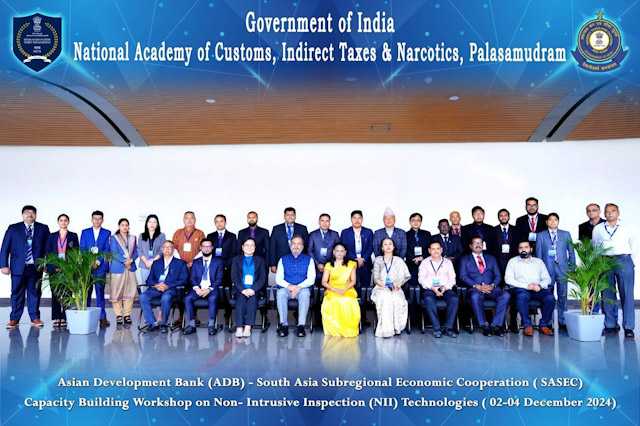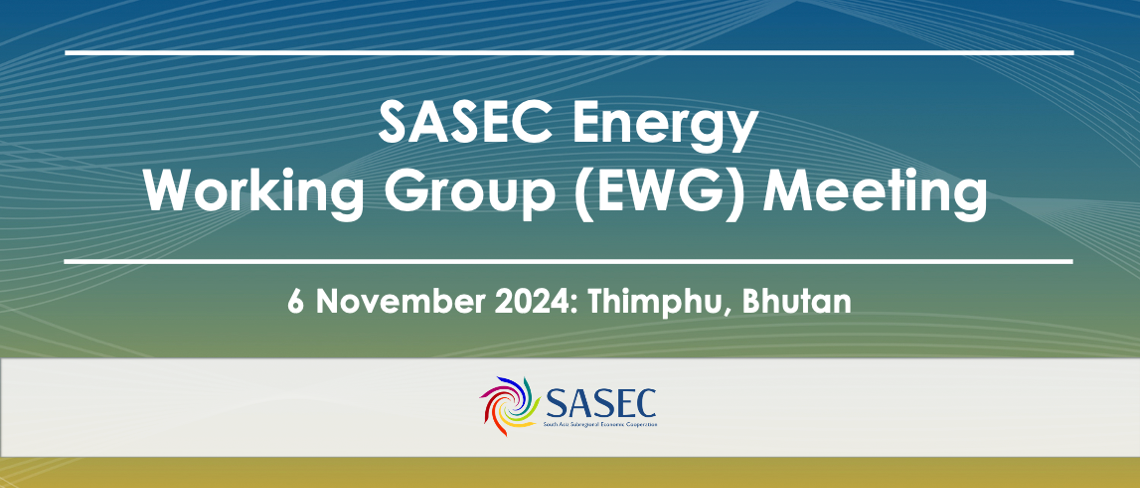
SAARC-ADB Workshop on SAARC Study: Regional Economic Integration (Phase II)
14-15 Apr 2015
The SAARC-ADB Special Meeting of Representatives of Commerce and Finance Ministries (the Meeting) was held in Goa, India on 14-15 April 2015 in follow-up to the recommendations of a workshop on the second phase of the SAARC Study on Regional Economic Integration (SAARC REI Study Phase II) held in Thimphu, Bhutan on 21 July 2014.
Objectives included:
- Presentation of recommendations by member states on the SAARC REI Study Phase II to be implemented on a priority basis;
- Presentation on recommendations contained in the SAARC REI Study by Dr. Selim Raihan, Study Team Leader and Professor of Economics at University of Dhaka;
- Deliberation on recommendations contained in the SAARC REI Study Phase II, with the aim of moving toward a South Asian Economic Union.
Senior officials from commerce and finance ministries of the eight SAARC member countries attending the workshop agreed to implement the following recommendations on a priority basis:
- Reduction and removal of non-tariff barriers (NTBs) and para-tariff barriers (PTBs),
- Energy cooperation,
- Trade facilitation measures,
- Investment cooperation,
- Reduction of products in the sensitive lists,
- SAARC Agreement on Trade in Services (SATIS), and
- Improvement in rail, road, air, and sea connectivity.
Ms. L. Savithri, Director, Economic Trade and Finance Division, SAARC Secretariat, Kathmandu, opened the workshop on behalf of SAARC Secretary General, H.E. Mr. Arjun Bahadur Thapa. Mr. Valeti Premchand, Director, Department of Commerce, Government of India, chaired the proceedings. Mr. Leonardus Boenawan Sondjaja, Deputy Country Director for Asian Development Bank (ADB) India Resident Mission delivered the opening address.
SAARC REI Study Phase II expanded the scope of the first phase—approved during the 38th Session of the SAARC Standing Committee held in February 2011—and agreed on several recommendations, including (i) pursuit of “low-hanging fruits” to promote regional economic integration, including trade facilitation; (ii) consideration of a proposal to reduce to 100 by 2020 the number of products identified in member countries' sensitive lists; (iii) recognition of the importance of understanding how countries can complement each other in industrial zones and corridors; and (iv) consideration of a proposal for member countries to look at other means to promote mutually beneficial value chains and intra-regional investments.















